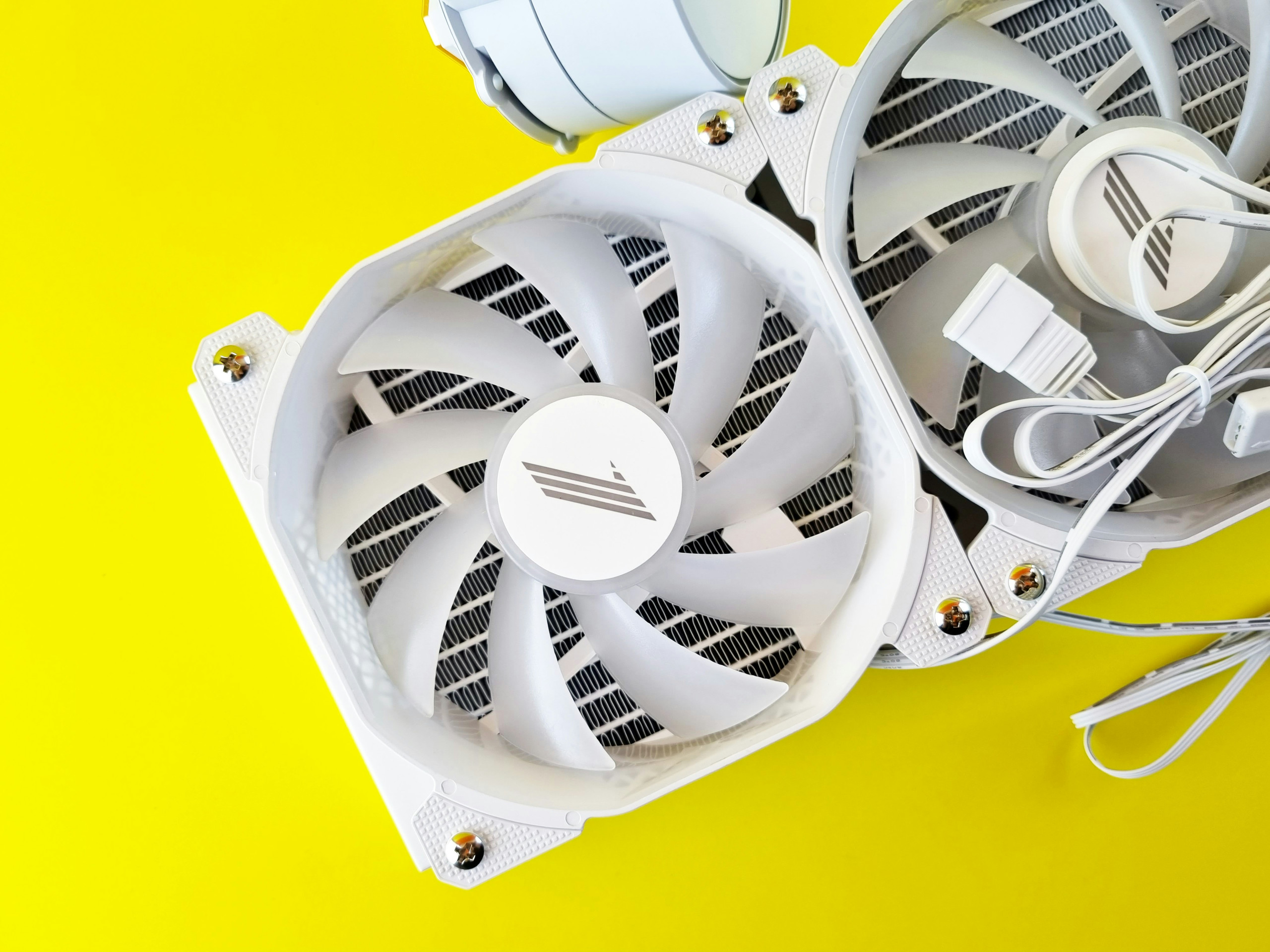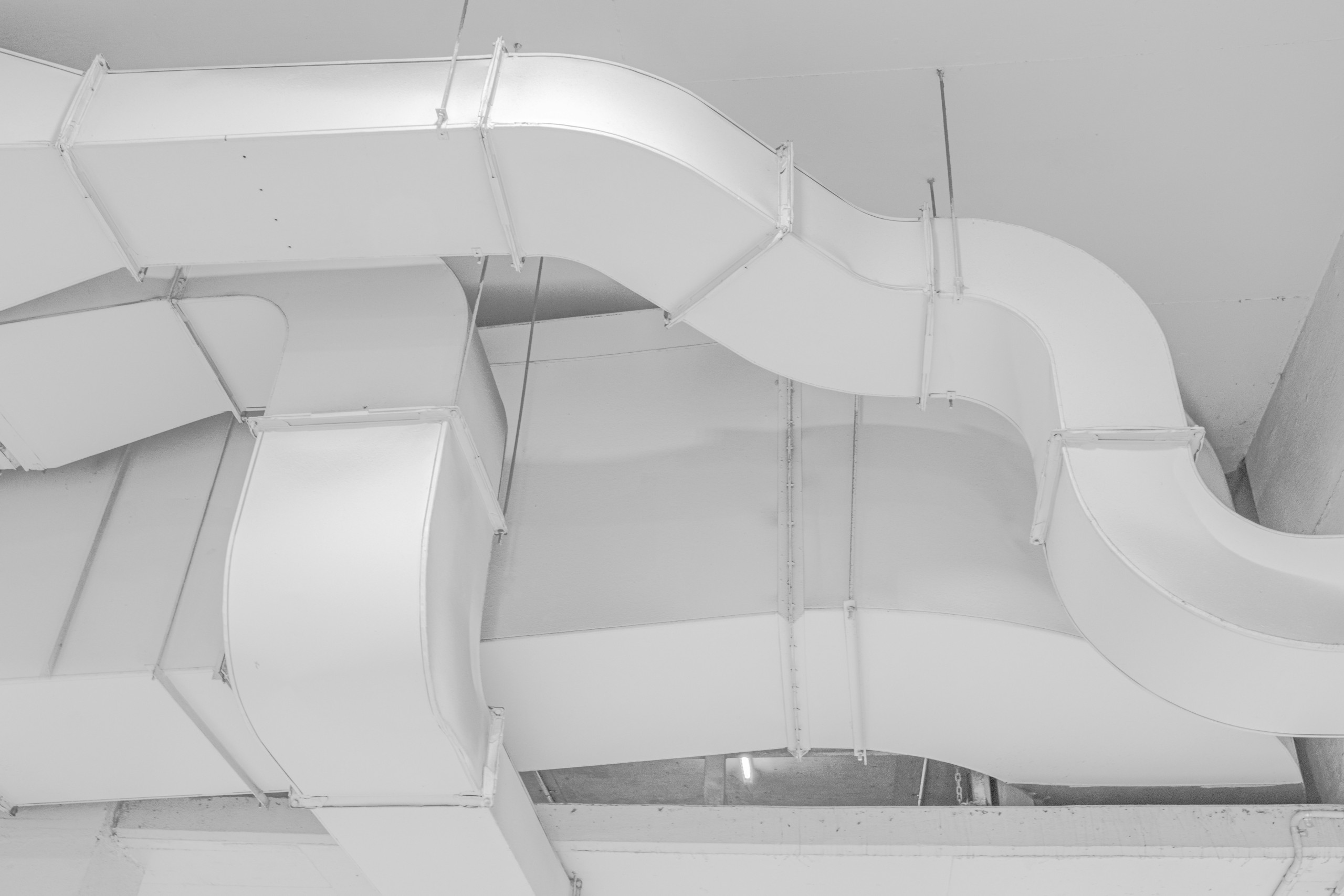Are you tired of your heavy-duty die grinder overheating during long hours of use? Well, fret no more, as we delve into the world of advancements in cooling systems for these powerful tools. In this article, we will explore the latest innovations that are revolutionizing the way die grinders stay cool, ensuring optimal performance and extending their lifespan. So, whether you’re a professional tradesperson or a dedicated DIY enthusiast, join us on this journey as we discover the cutting-edge technology behind cooling systems for heavy-duty die grinders.

Definition of Heavy-duty Die Grinders
What are heavy-duty die grinders?
Heavy-duty die grinders are powerful and versatile tools used in various industries for tasks such as grinding, polishing, and deburring. These grinders are designed to handle heavy workloads and are commonly used in metalworking, fabrication, and automotive maintenance. They are known for their high RPM (Rotations Per Minute) and ability to withstand rigorous use.
Applications and importance
Heavy-duty die grinders find applications in a wide range of industries due to their ability to perform tasks such as material removal, surface preparation, and precision work. In metalworking, die grinders are used for shaping and smoothing metal surfaces. In fabrication, they are employed for weld preparation and cleaning. Automotive technicians rely on these grinders for tasks such as engine porting and detailing. The importance of heavy-duty die grinders lies in their efficiency, precision, and ability to handle demanding workloads, making them indispensable tools in many industries.
Traditional Cooling Systems
Overview of traditional cooling methods
Traditional cooling methods for heavy-duty die grinders typically involve either passive cooling or the use of air cooling systems. Passive cooling relies on the surrounding environment to dissipate heat, while air cooling systems use fans to blow air over the grinder’s motor and cooling fins to dissipate heat.
Limitations and challenges
Traditional cooling methods have certain limitations when it comes to heavy-duty die grinders. In high-demand applications, the heat generated by the grinder’s motor can exceed the cooling capacity of passive and air cooling systems. This may lead to overheating, reduced performance, and potential damage to the grinder. Additionally, traditional cooling methods may not be efficient enough to keep up with the rapid advancements in die grinder technology, which require more effective cooling solutions.
Need for advancements
The need for advancements in cooling systems for heavy-duty die grinders arises from the increasing demands placed on these tools. As industries strive for greater productivity and efficiency, die grinders are subjected to higher workloads and generate more heat. To prevent overheating and optimize performance, innovative cooling solutions are required.
Advancements in Cooling Systems
Introduction to advanced cooling systems
Advanced cooling systems have been developed to address the limitations of traditional cooling methods. These systems leverage cutting-edge technologies and engineering designs to improve heat dissipation, enhance cooling efficiency, and optimize the overall performance of heavy-duty die grinders.
Enhanced cooling mechanisms
One of the key advancements in cooling systems for heavy-duty die grinders is the implementation of enhanced cooling mechanisms. These mechanisms include improved designs for cooling fins, increased airflow through the grinder, and optimized cooling channels within the motor. By maximizing the surface area for heat dissipation and increasing the rate of airflow, enhanced cooling mechanisms help dissipate heat more effectively.
Improved heat dissipation techniques
Advancements in cooling systems have also focused on improving heat dissipation techniques. Heat pipes, for example, have been integrated into die grinders to efficiently transfer heat away from the motor. These heat pipes utilize the principles of phase change heat transfer to rapidly remove heat from the source and distribute it to areas where it can be dissipated more effectively.
Efficient cooling designs
Efficient cooling designs have become a priority in the development of cooling systems for heavy-duty die grinders. These designs aim to optimize the flow of cool air through the grinder while minimizing any restrictions or obstructions that could impede the cooling process. By channeling airflow strategically, efficient cooling designs ensure that heat is effectively removed from critical components, preventing overheating and maintaining optimal performance.
Liquid Cooling Systems
Explanation of liquid cooling technology
Liquid cooling technology is a type of advanced cooling system that utilizes a liquid coolant to dissipate heat from the die grinder’s motor. The liquid coolant flows through channels integrated into the grinder, absorbing heat as it passes near the motor. The heated coolant is then circulated to a radiator or heat exchanger, where the heat is dissipated into the surrounding environment.
Benefits of liquid cooling in die grinders
Liquid cooling systems offer several benefits when applied to heavy-duty die grinders. Firstly, they provide superior cooling performance compared to traditional methods, enabling the grinder to operate at lower temperatures and for longer durations without overheating. This not only enhances the grinder’s reliability but also extends its lifespan. Additionally, liquid cooling systems are quieter and more efficient than air cooling systems, contributing to a more comfortable working environment.
Types of liquid cooling systems
There are various types of liquid cooling systems that can be used for heavy-duty die grinders. Closed-loop liquid cooling systems, also known as all-in-one units, consist of a coolant-filled loop that is sealed and pre-filled. These systems require minimal setup and maintenance, making them popular choices for die grinder applications. Open-loop liquid cooling systems, on the other hand, involve custom loops with separate components, such as pumps, radiators, and reservoirs. These systems offer greater flexibility and customization options but may require more expertise for installation and maintenance.

Heat Sink Cooling Systems
Definition and working principle
Heat sink cooling systems involve the use of heat sinks to dissipate heat from the die grinder’s motor. A heat sink is a device designed to absorb and disperse heat efficiently. It typically consists of metal fins or plates that are in direct contact with the heat source, such as the motor of a die grinder. The heat is then dissipated into the surrounding air through natural convection or aided by fans.
Advantages and disadvantages of heat sink cooling
Heat sink cooling offers several advantages for heavy-duty die grinders. Firstly, it provides efficient heat dissipation without the need for any external power source or moving parts, making it a reliable and low-maintenance cooling solution. Heat sinks are also compact and lightweight, allowing for easy integration into die grinder designs. However, heat sink cooling systems are limited by their passive nature and may not be suitable for high-demand applications that require more active cooling methods.
Innovative heat sink designs
To enhance the cooling capabilities of heat sinks, innovative designs have been developed. These designs incorporate features such as increased surface area, optimized fin arrangements, and the use of thermally conductive materials. By maximizing heat transfer and promoting airflow, innovative heat sink designs improve the cooling efficiency of heavy-duty die grinders.
Air Cooling Systems
Overview of air cooling techniques
Air cooling techniques are commonly used in heavy-duty die grinders to dissipate heat. These techniques involve the use of fans and cooling fins to promote airflow and remove heat from critical components. The fans draw ambient air into the die grinder and direct it over the motor and cooling fins, dissipating the heat through convection.
Efficiency and limitations
One of the main advantages of air cooling systems is their simplicity and cost-effectiveness. Fans are relatively easy to maintain and replace if necessary. However, air cooling systems have limitations in terms of their cooling capacity. In high-demand applications, the airflow generated by fans may not be sufficient to dissipate the heat efficiently, potentially leading to overheating issues.
Emerging air cooling technologies
To overcome the limitations of traditional air cooling systems, emerging technologies have been developed. Advanced fan designs, such as axial and radial fans, have improved airflow management and can deliver higher static pressure for improved cooling. Additionally, the integration of electronic controls and monitoring systems allows for better fan speed regulation and optimization of cooling performance.

Smart Cooling Systems
Introduction to smart cooling systems
Smart cooling systems represent the next frontier in cooling technology for heavy-duty die grinders. These systems leverage sensors, artificial intelligence (AI), and data analytics to optimize cooling performance, monitor temperature fluctuations, and prevent overheating in real-time.
Integration of sensors and AI
Smart cooling systems incorporate sensors that measure various parameters such as temperature, humidity, and airflow. These sensors gather data on the die grinder’s operating conditions and transmit it to an AI-enabled control system. The AI algorithms analyze the data in real-time and make adjustments to the cooling mechanisms to maintain optimal performance and prevent overheating.
Benefits of smart cooling in die grinders
The integration of smart cooling systems in heavy-duty die grinders offers numerous benefits. Firstly, these systems provide real-time monitoring and feedback, enabling proactive measures to prevent overheating and damage to the grinder. They also optimize cooling efficiency by adjusting cooling mechanisms based on current operating conditions, resulting in improved performance and energy efficiency. Additionally, the data collected by smart cooling systems can be analyzed to identify patterns and trends, leading to further advancements in cooling technology.
Thermal Management Solutions
Importance of thermal management in heavy-duty die grinders
Thermal management is crucial in heavy-duty die grinders as excessive heat can lead to decreased performance, premature wear, and even component failure. Effective thermal management ensures that the die grinder operates within its safe temperature range, optimizing its performance and reliability.
Key components of a thermal management system
A comprehensive thermal management system for heavy-duty die grinders consists of several key components. These include a cooling mechanism (such as liquid cooling, air cooling, or heat sink cooling), temperature sensors, control systems, and heat dissipation elements such as heat sinks or cooling fins.
Optimizing cooling performance
To optimize cooling performance in heavy-duty die grinders, it is essential to consider factors such as airflow, heat transfer, and overall system efficiency. Proper design and integration of the cooling system, along with regular maintenance and monitoring, are key to ensuring optimal cooling performance and extending the lifespan of the die grinder.
Future Trends in Cooling Systems
Predictions for future cooling advancements
The future of cooling systems for heavy-duty die grinders holds exciting possibilities. Advancements in materials, manufacturing techniques, and heat dissipation technologies are expected to lead to more efficient and compact cooling solutions. Predictions include the development of novel cooling materials and coatings, improved heat sink designs, and the integration of advanced sensors for even more precise temperature monitoring.
Integration with IoT and Industry 4.0
The integration of cooling systems with the Internet of Things (IoT) and Industry 4.0 principles is expected to revolutionize heavy-duty die grinder cooling. IoT-enabled sensors can provide real-time data on temperature, performance, and maintenance requirements, allowing for predictive maintenance and optimization of cooling performance. This integration will enhance productivity, reduce downtime, and facilitate intelligent decision-making in die grinder operations.
Potential impact on heavy-duty die grinders
The advancements in cooling systems for heavy-duty die grinders are poised to have a significant impact on the industry. Improved cooling capabilities will enable die grinders to handle even higher workloads, increasing productivity and efficiency in various industries. The extended lifespan of die grinders resulting from enhanced cooling technologies will also lead to cost savings and reduced downtime.
Conclusion
Recap of advancements in cooling systems
In conclusion, advancements in cooling systems for heavy-duty die grinders have addressed the limitations of traditional cooling methods and provided more efficient and reliable solutions. Enhanced cooling mechanisms, improved heat dissipation techniques, and efficient cooling designs have all contributed to better performance and reliability of die grinders.
Importance for heavy-duty die grinders
Cooling systems are of paramount importance for heavy-duty die grinders as they prevent overheating and optimize performance. The ability to handle higher workloads and operate at lower temperatures has become essential in industries that rely on die grinders for various applications.
Implications for the industry
The advancements in cooling systems for heavy-duty die grinders will have significant implications for the industry. These advancements will lead to increased productivity, cost savings, and improved reliability. Furthermore, the integration of smart cooling systems and the potential for IoT-enabled monitoring and optimization will drive further innovation and advancements in heavy-duty die grinder technology.



